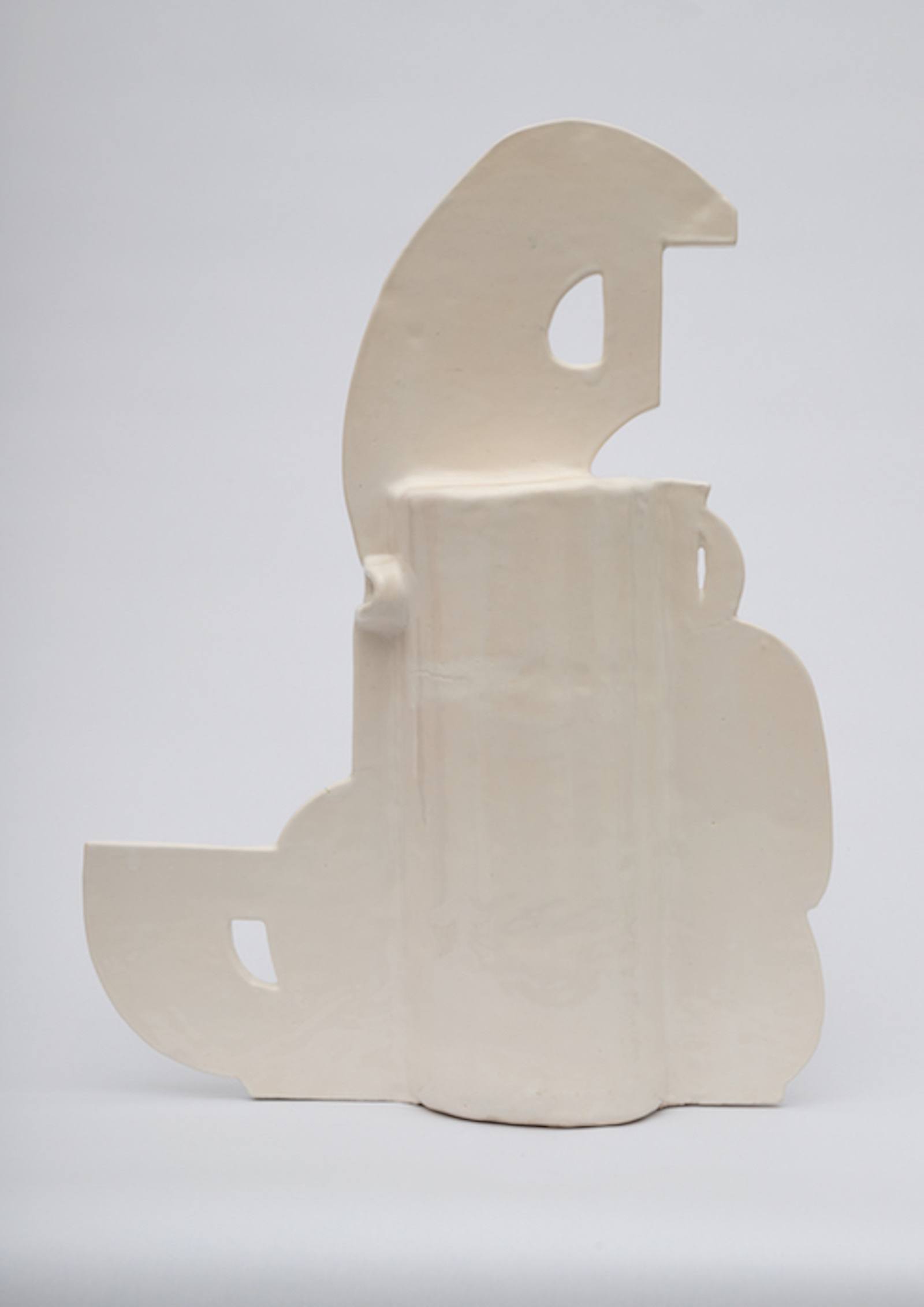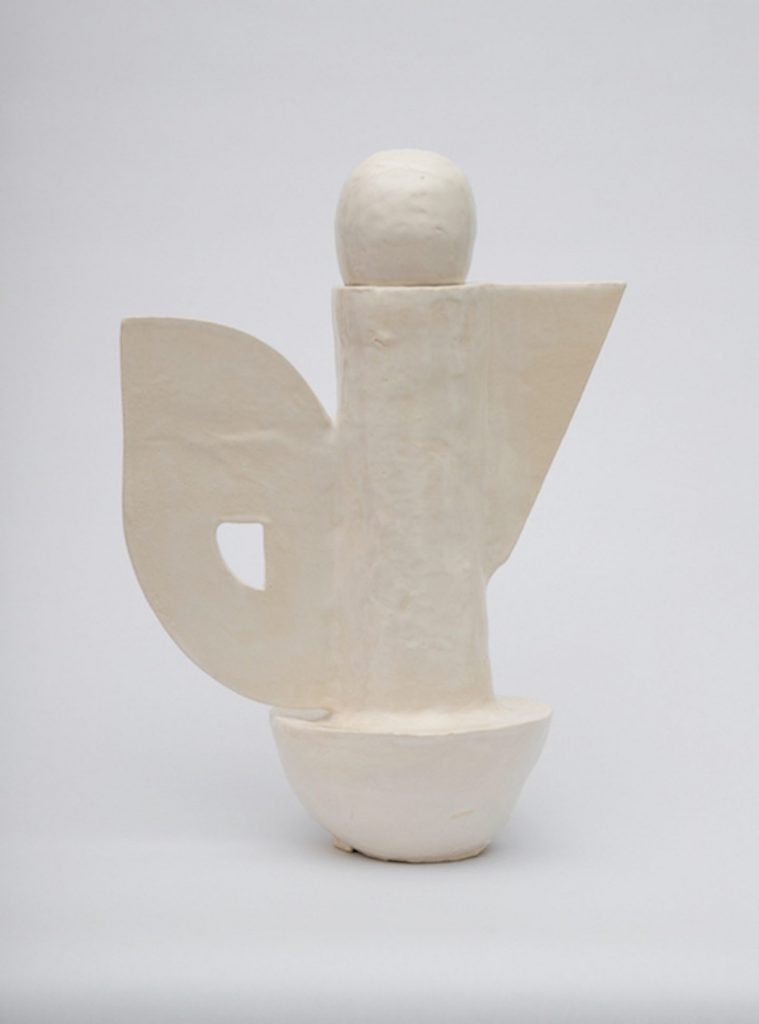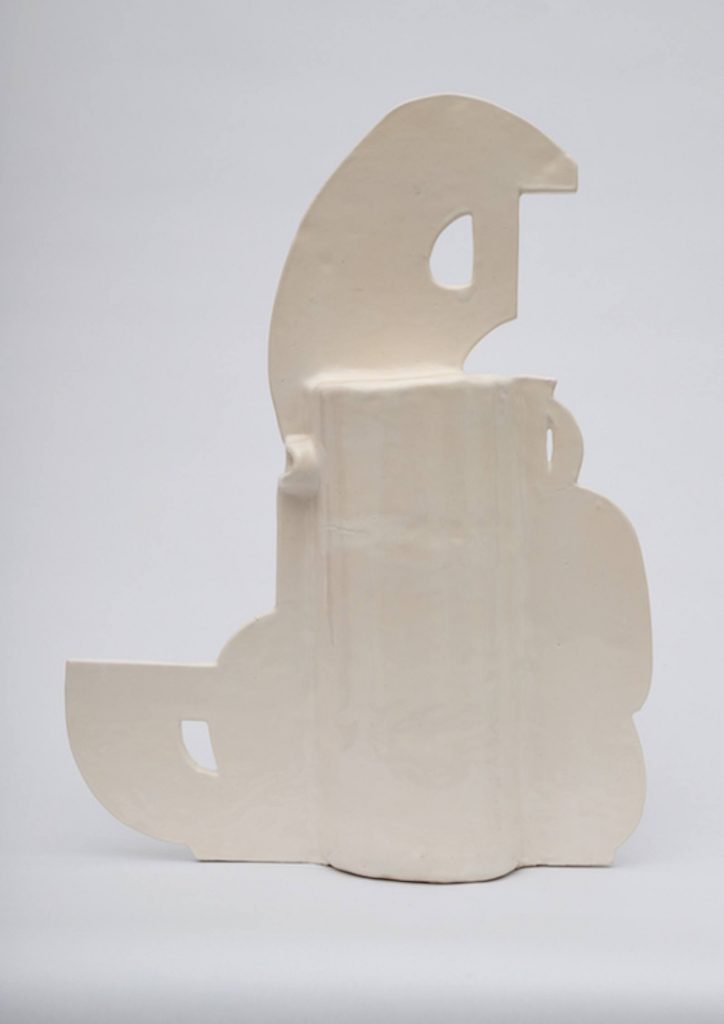SULLIVAN+STRUMPF
Dante Alighieri’s timeless poem, The Divine Comedy, can be understood as the poet-artist’s journey to escape and surpass the influence of artistic precursors. The title of this series, Homer and the Ancient Poets, which consists of seven glazed earthenware ceramic objects – two of which are currently on view in the exhibition, Sanné Mestrom: Corrections, at Gippsland Art Gallery, Victoria – refers to a passage in the epic poem describing Dante entering Limbo with his guide Virgil and spying the distant silhouettes of the four ancient poets: Homer, Horace, Ovid, and Lucan: “Four mighty shades I saw approaching us;” writes Dante, “Semblance had they nor sorrowful nor glad.” The poets live in “The Noble Castle of Philosophy” a seemingly timeless edifice with its seven gates which symbolise the seven virtues.In Homer and the Ancient Poets, Mestrom conflates timelessness with the punctuated rhythms of time constrained. Created over time in a collection of short momentary windows, these objects are the product of time constrained by motherhood. They speak to the poetics and limitations of time; every form is the result of what could be achieved in the short bursts of time allowed.Made whilst Mestrom was working on Corrections–a body of work which refers to the period of her own pregnancy, and in which each work is sized to the scale of the human body–the seven objects which comprise Homer and the Ancient poetsalso suggest anthropomorphic abstractions of the body. Hand-crafted in unyielding ceramic, this elusion to the body – its roundedness, curvatures and softness – suggests the process of transformation and metamorphosis encapsulated in that material paradox. Mestrom concentrates on the relationship between these forms, positioning Homer and the Ancient Poets as a formalist project that, as in Dante’s poem in which he takes Virgil as his guide merely in order to go beyond him, both engages with and challenges the male-gendered legacy of High Modernism.


